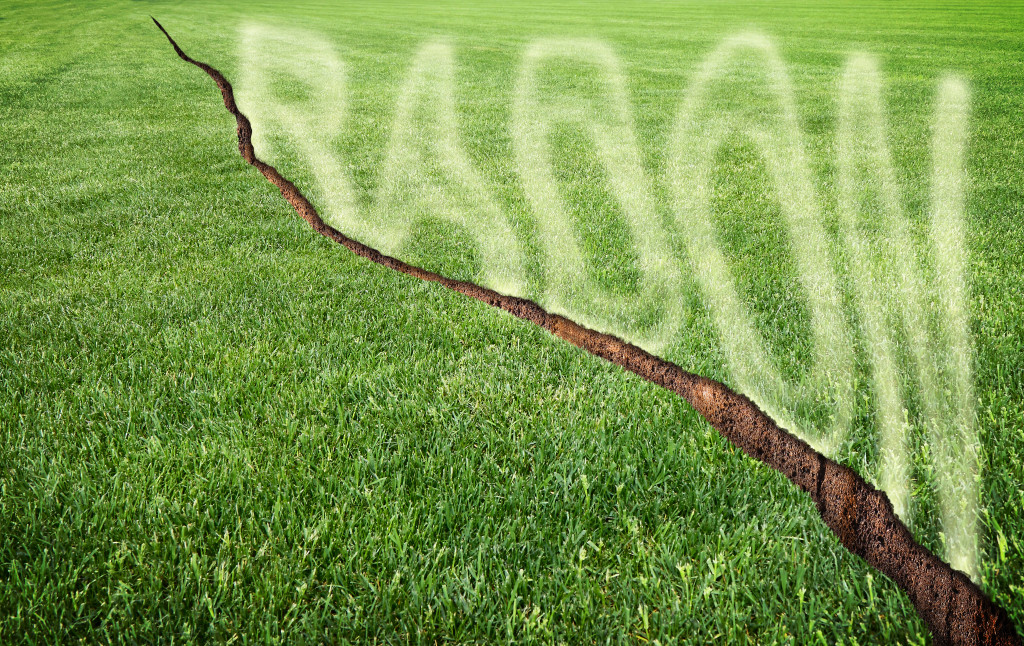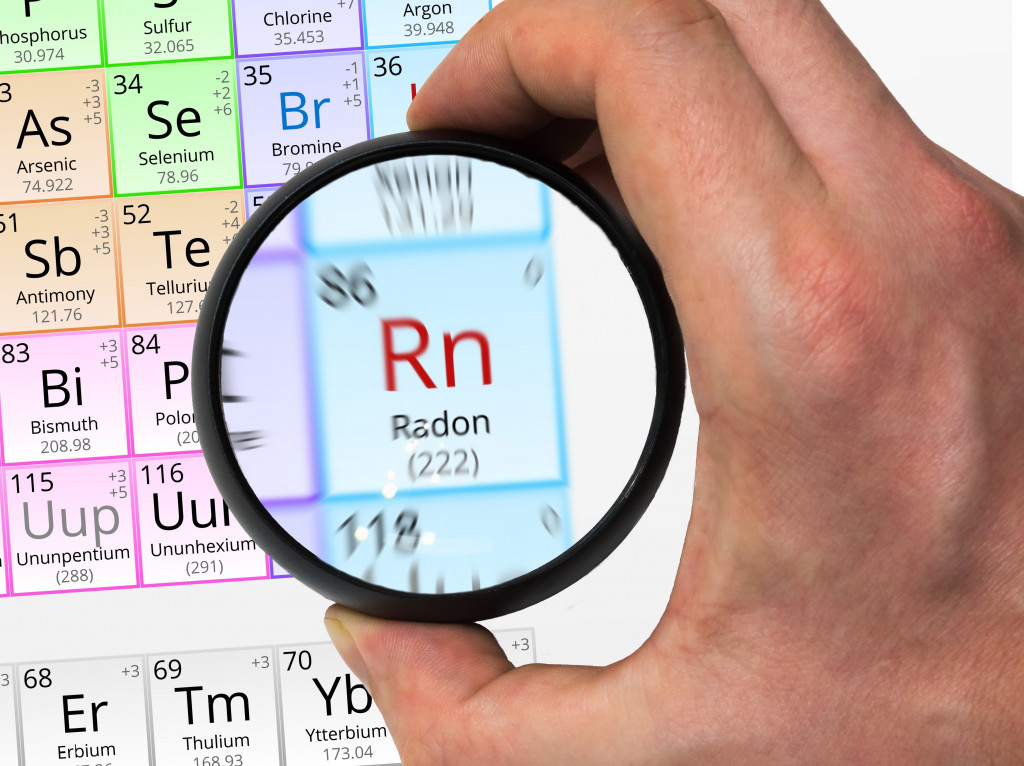Disclaimer: The Lifestyle Elf. This site provides fashion and lifestyle content for informational purposes only.
- Radon is an odorless, colorless gas found naturally in many homes that can be highly hazardous to health.
- It is the leading cause of lung cancer and is linked to other respiratory diseases like COPD and asthma.
- Long-term exposure to elevated levels of radon can also cause radiation poisoning.
- Homeowners can reduce radon levels by utilizing air sealing methods, installing a radon mitigation system, and regularly testing their homes.
- Taking proactive measures to reduce the presence of radon in your home is essential for protecting yourself and your family from its harmful effects.
Natural gases are made up of various gases, such as methane, ethane, propane, and butane. These gases are often found in underground reservoirs and are usually extracted through a process called fracking. The gases can also be found in the form of liquefied natural gas (LNG), which is often used as fuel for vehicles and other machinery. However, some natural gases simply escape from the ground and into people’s homes. One particular dangerous natural gas is known as Radon.
What is Radon?
Radon is can come from the ground underneath many homes. It’s odorless and colorless and can be highly hazardous to health if present in high levels. The Environmental Protection Agency (EPA) estimates that 1 out of every 15 homes in the United States has an elevated radon level, making it important for homeowners to reduce their exposure.
Radon comes from the breakdown of uranium, commonly found in soil, groundwater, and bedrock. When radon-containing air enters your home through cracks and openings, it can accumulate until it reaches dangerous levels. Unfortunately, the only way to identify if your home contains radon is by testing, as no visible signs or symptoms are associated. It is considered a severe health hazard because it can accumulate indoors and cause lung cancer if inhaled over long periods. Radon has been linked to more than 20,000 deaths annually in the United States alone.
Diseases Related to Radon
Various diseases are related to radon. Here are some of them:

Cancer
One of the leading causes of lung cancer is radon. Studies have shown that exposure to high levels of this gas increases the risk of developing lung cancer, especially among smokers. One known correlation between lung cancer and radon is the increased risk of lung cancer in uranium miners who frequently come into contact with high levels of this gas.
Respiratory Diseases
There are also other respiratory diseases related to radon exposure. These include chronic obstructive pulmonary disease (COPD) and asthma. Exposure to high levels of radon is associated with an increased risk of developing COPD and a decrease in lung function. In addition, studies have shown that people exposed to radon are more likely to suffer from asthma-related symptoms than those who are not.
Radiation Poisoning
Long-term exposure to elevated levels of radon can also cause radiation poisoning. Radiation poisoning occurs when the body absorbs too much radiation, leading to serious health problems such as thyroid cancer, cataracts, anemia, and skin lesions. Homeowners must test for radon before renovating or living in their homes, as exposure to high gas levels can lead to radiation poisoning.

Reducing Radon Levels in Homes
The good news is that there are ways to reduce radon levels in homes. Here are ways to do that:
Utilize Air Sealing Method
This method involves finding and sealing any cracks or openings in the home’s foundation, as these are usually where radon enters. This should help reduce radon levels in your home by keeping it from entering.
While you’re at it, consider getting your energy consumption checked. High energy consumption is usually related to inefficient insulation caused by cracks and openings inside a home. So not only can radon enter through these crevices, but cool and hot air can escape as well! A robust energy audit can help you determine if you’re using too much on your insulation. This can drastically reduce the energy you use, thus reducing your carbon footprint.
Install a Radon Mitigation System
Another way to reduce radon levels in your home is to install a radon mitigation system. This involves installing fans, pipes, and other materials to help remove the gas from your house. The system works by taking in air from underneath the house foundation, running it through a fan and outside your home, and then releasing it back into the environment. This method is usually used when radon levels exceed the recommended safety limits in a home.
Test Your Home Regularly
Lastly, it’s essential to regularly test your home for radon levels by using an EPA-approved testing device. This will help you assess whether or not your home has dangerous radon levels and help you take the necessary steps to reduce them.
Overall, radon is a hazardous gas that must be taken seriously and tested regularly to prevent associated health risks. Homeowners need to understand the dangers of radon and take proactive measures to reduce its presence in their homes. When you do this, you’ll be taking a big step in protecting yourself and your family from the harmful effects of this dangerous gas.

